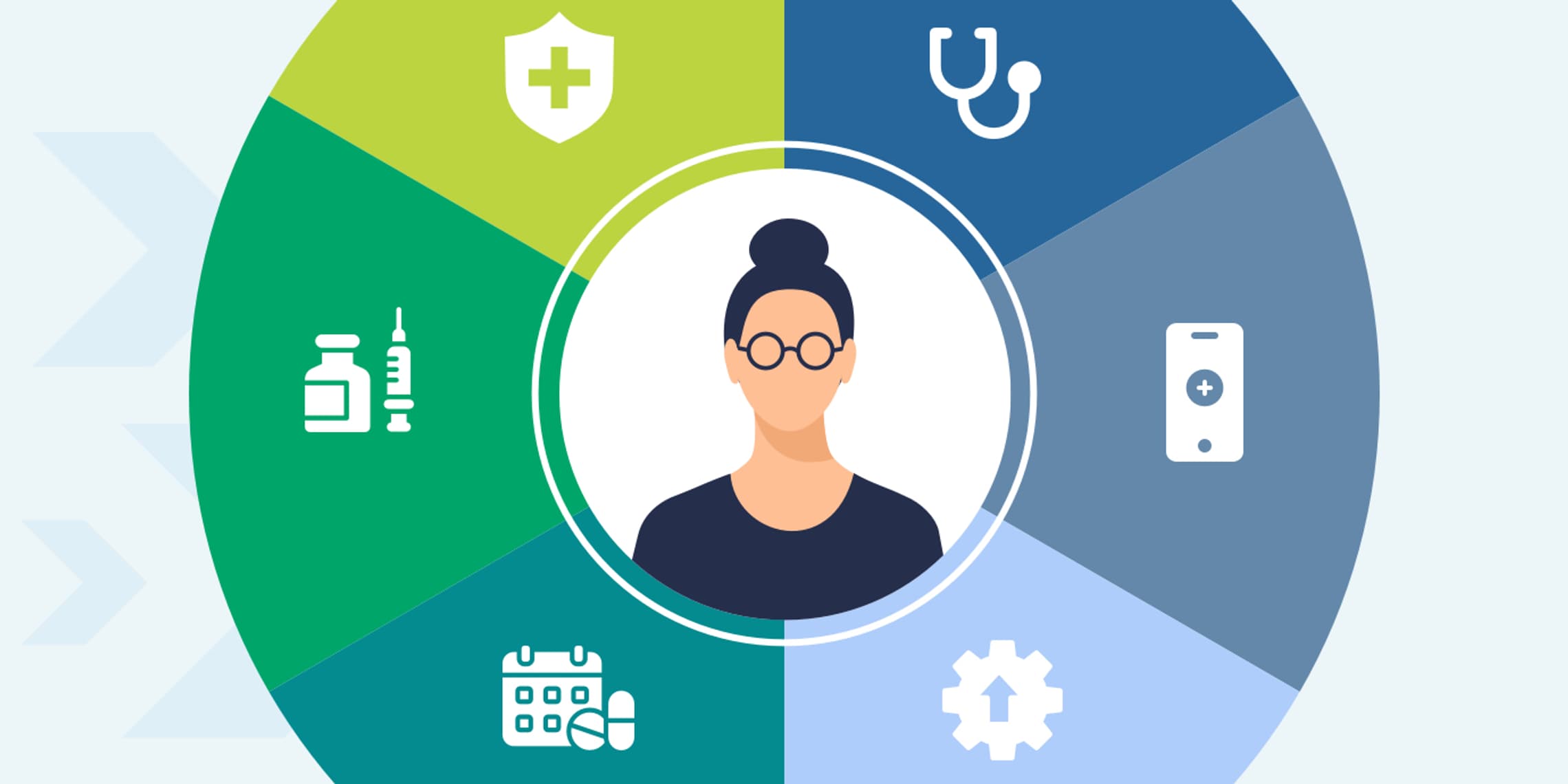
Traditionally, innovation in the pharmaceutical industry has been centered around the development of new medications for existing conditions – new vaccines or therapies to manage or even cure conditions once thought impossible to treat. The most recent example: researchers used messenger RNA (mRNA) to rapidly develop vaccines to treat COVID-19, and are also investigating its potential to generate treatments or vaccines for a variety of other conditions, including influenza, respiratory syncytial virus (RSV), malaria, human immunodeficiency virus (HIV), tuberculosis, the Zika virus and cancer.
Such discoveries, so crucial to improving and extending human health, are now being augmented by digital technologies that amplify their effectiveness and reach.
Recent years have seen a surge in innovation in drug delivery, particularly for chronic conditions, where rising healthcare costs exacerbate the challenge of managing an already expensive-to-treat condition – not to mention the widespread fear of needles, which prompts some patients to delay treatment and/or vaccination. That has driven the advent of smaller and thinner needles, autoinjectors and needle-free delivery.
In the digital sphere, software enables smart “pens,” which can deliver insulin, calculate dosages, estimate food carbohydrates and provide access to intelligent insulin dosing support. Companion apps guide patients through device set-up, then monitor glucose levels, update insulin dosages as needed, and notify physicians and caregivers if doses are missed, and can even automatically send refill orders to pharmacies based on insulin usage data.
Advances in continuous glucose monitors (CGMs), which remove the need for finger-tip prick blood tests, have led to their integration with mobile devices. This has provided diabetic patients with an unprecedented degree of risk reduction, with users notified when glucose levels reach the thresholds for hypoglycemia and hyperglycemia.
Companion apps can also support the growing use of patient-administered subcutaneous injections and infusions. Patients can access a step-by-step guide to start their injections, set up an injection scheduler with reminders and track their injection sites to ensure proper rotation. They can also keep track of symptoms, which enables them to see the cause and effect of their doses over time.
Digital technologies even enhance the literal delivery of drugs, enabling electronic prescription orders for home delivery.
Insurance coverage, which is critical for patients who are prescribed specialty drugs, all too often involves manual processes for prior authorization and financial assistance, increasing prescription time-to-fill and driving treatment abandonment.
A companion app can replace these manual processes, improving access to therapy with secure document exchange, benefits verification and streamlined prior authorization requirements. These solutions also facilitate engagement between patients and their care teams, and with their treatment plans, by recording, sharing and analyzing disease-related data.
High medication costs can also be a stumbling block for physicians. According to a recent survey, more than half of all U.S. patients ask their providers about affordability programs, and 29% simply go without their medications. Another survey found that 84% of medical providers reported difficulties starting patients on specialty medications — clinicians want complete, transparent access to patients’ benefit information and medication affordability before presenting them with complex, expensive therapies.
Patient support programs (PSPs) have helped to solve issues around prior authorization and affordability, and improved time to first prescription fill. For example, one pharma company developed a PSP to assist patients who take its drug for autoimmune conditions with information on medication costs, nurse support, injection training, pen disposal and medication reminders. A study of that PSP showed that patients who participated in it saw 14% greater adherence, a 14% lower discontinuation rate and 22% lower disease-related medical costs.
Replacing a bespoke, fragmented patient support process with an integrated, digital experience can help get patients to first fill and support them to stay on therapy.
The healthcare industry is increasingly focused on taking a holistic, “whole patient” approach, with digital taking a leading role by supporting drug administration, remote patient monitoring (RPM), patient education, electronic patient-reported outcomes (ePRO), clinical assessments and quality-of-life surveys. Digital companion apps help patients track their symptoms and medication experience in real time, assisting patients in the places and ways they are most comfortable.
Companion apps hold great promise not only for patients, but for pharmaceutical companies as well, enabling the collection and analysis of real-world data to identify the pain points that drive low adherence and compliance rates. Armed with that data, providers can proactively reach out, either to prevent disengagement, or help patients re-engage with their treatment.
Originally published at Nasdaq.com.